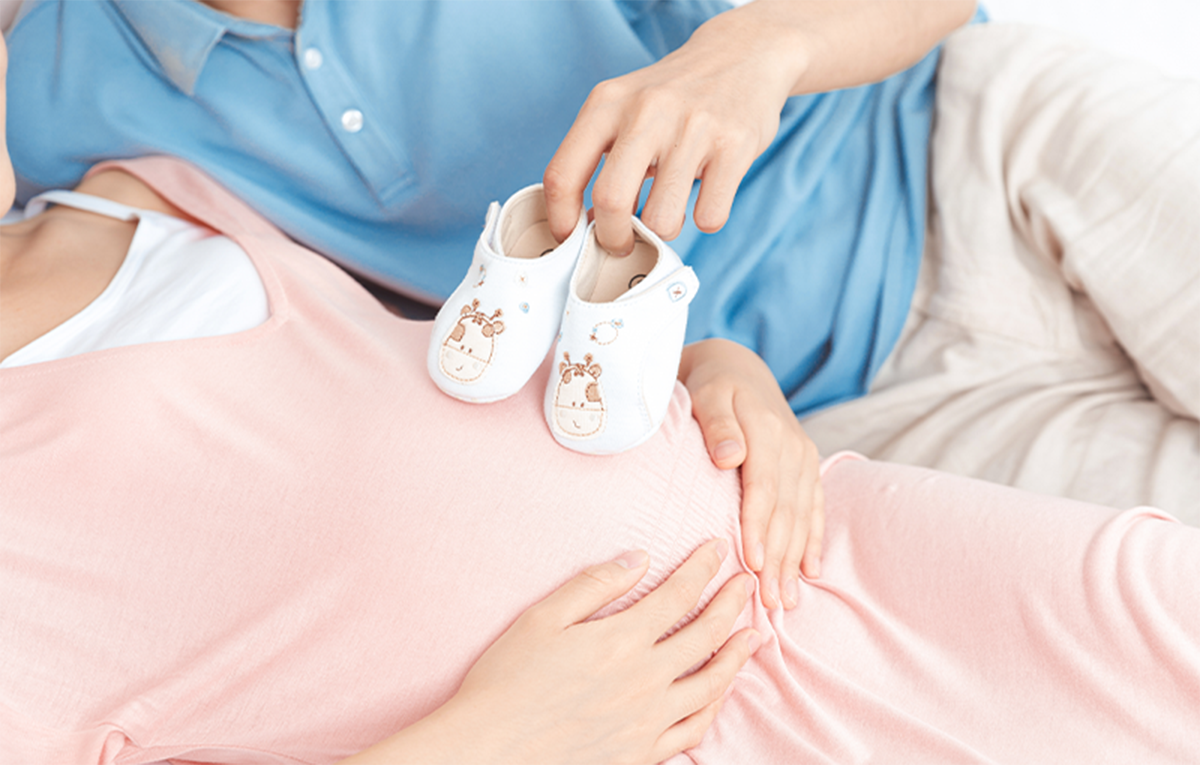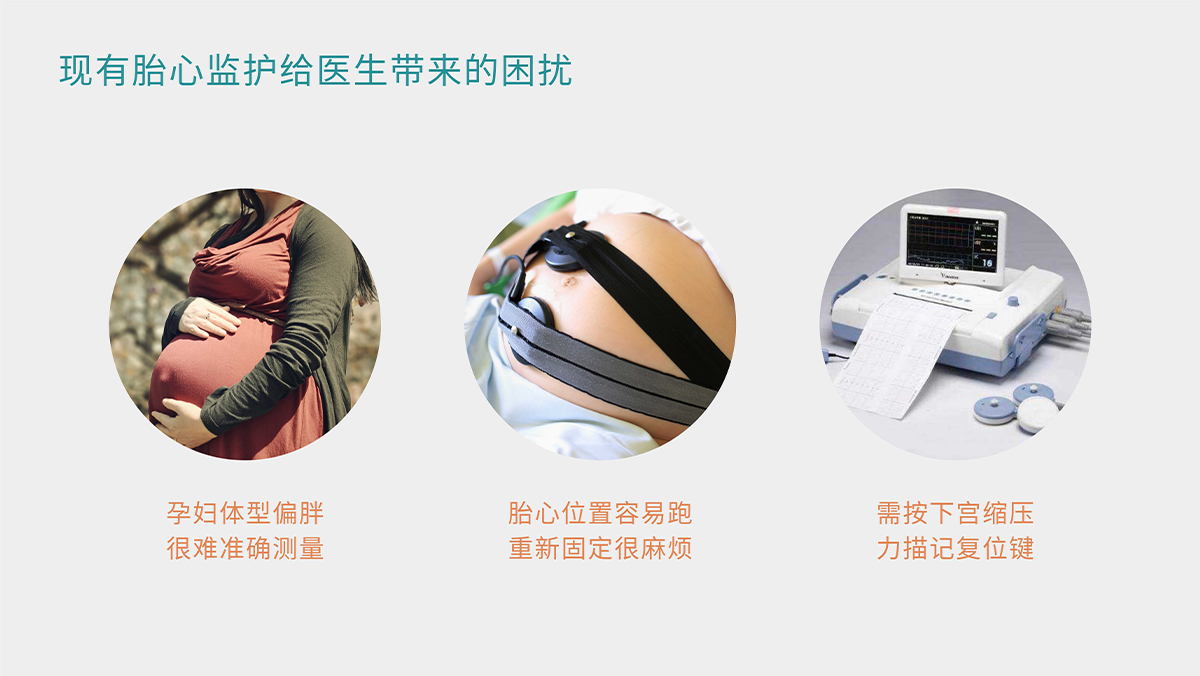Add
a safety lock for the safety of mother and child - remote fetal heart
monitoring to hit the bankruptcy inspection space limit.

Fetal heart monitoring is an effective, commonly used and sensitive method to monitor the intrauterine condition of the fetus, especially in late pregnancy, effective electronic fetal monitoring can detect intrauterine distress in time, through active and effective intervention, can significantly reduce the incidence of various complications and mortality of the newborn. Fetal heart monitoring is usually performed as a routine checkup for normal pregnant women after 32 weeks and for high-risk women after 28 weeks. With the implementation of the comprehensive two-child policy, there has been a significant increase in the number of pregnant women of advanced age, making it even more important for this group to have their fetal heart monitored on time.
The new coronavirus infections that started in late 2019 are rapidly becoming more prevalent, and in the Notification on the prevention and control of pneumonia in children and pregnant women with COVID-19 infection issued by the State Health Commission, it is clearly stated that pregnant women are susceptible to the new coronavirus.
As a special group of people, pregnant women and women in labor are in a special state of immune tolerance, more prone to complications than other groups of people, and the morbidity and treatment have their own special characteristics, which need to attract the special attention and attention of obstetricians. However, under the epidemic, maternal prenatal check-ups also face great difficulties and challenges, with risks such as "the journey to and from the hospital for maternity check-ups requires transportation, how to protect", "the hospital maternity check-up time is long, how to avoid cross-infection". With the use and popularity of smartphones and the development of Internet technology, remote fetal heart monitoring technology has developed rapidly.

As a special group of people, pregnant women and women in labor are in a special state of immune tolerance, more prone to complications than other groups of people, and the morbidity and treatment have their own special characteristics, which need to attract the special attention and attention of obstetricians. However, under the epidemic, maternal prenatal check-ups also face great difficulties and challenges, with risks such as "the journey to and from the hospital for maternity check-ups requires transportation, how to protect", "the hospital maternity check-up time is long, how to avoid cross-infection". With the use and popularity of smartphones and the development of Internet technology, remote fetal heart monitoring technology has developed rapidly.

The use of such products requires accurate positioning of the fetal abdomen, otherwise accurate fetal heart data is difficult to capture. Stethoscopy, which uses a stethoscope or an intelligent sensing probe to listen to fetal heart sounds, was the first method of external monitoring to be used. It is easy to be disturbed by other sounds such as human intestinal tones, abdominal aortic tones, umbilical cord murmurs, sounds from the surrounding electrical appliances and human speech, etc., if the distortion of the monitoring data can not be distinguished, the MHR, FHR heart rate is mixed. Although it is a passive approach, safe compared to Doppler, it sacrifices the accuracy of the monitoring product and does not provide an accurate clinical diagnosis.

THOTH wearable fetal ECG monitoring product adopts advanced electrophysiological technology to passively collect the fetal ECG signal, no radiation damage to the fetus, safer; there is no MHR, FHR signal calculation overlapping problem, can be monitored over a long period of time, the fetal heart rate collection time is longer, can obtain a large amount of data and accurate, is conducive to the analysis of the proportion of all kinds of variation, can monitor the fetus in real time various adverse factors, such as hypoxia, intrauterine distress, etc, effectively reducing the incidence of adverse pregnancy outcomes. Disposable medical sensor, host sensor one-piece design, no coupling agent, no need to position the fetal back, more suitable for dads-to-be without medical background to operate. THOTH wearable fetal ECG sensor is made of flexible polymer material, which passes the biocompatibility test, is skin-friendly and non-irritating, and gently adds a safety lock for mother and baby.